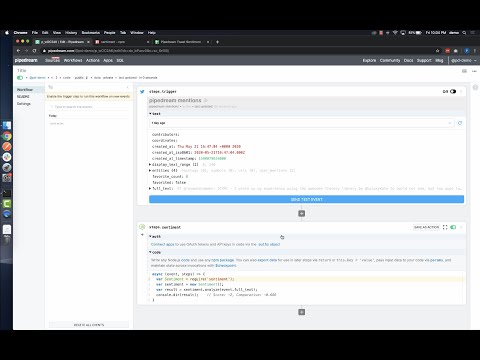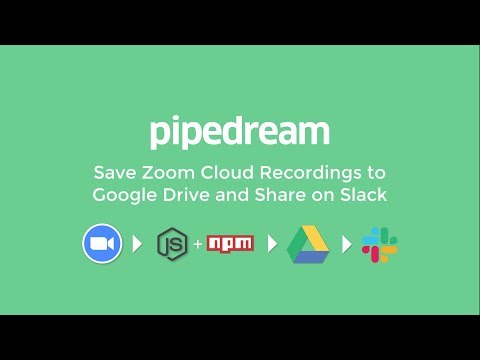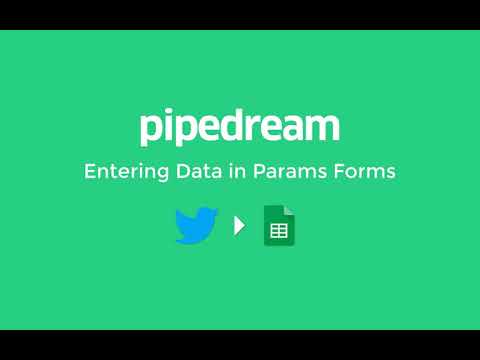What do you want to automate
with Roll and Google Sheets?
Prompt, edit and deploy AI agents that connect to Roll, Google Sheets and 3,000+ other apps in seconds.
Trusted by 1,000,000+ developers from startups to Fortune 500 companies
Popular Roll and Google Sheets Actions#
Add a single row of data to Google Sheets. Optionally insert the row at a specific index (e.g., row 2 to insert after headers, shifting existing data down). See the documentation
Add multiple rows of data to a Google Sheet. See the documentation
Overview of Roll#
The Roll API serves as a bridge to Roll's project management software, enabling users to automate tasks, manipulate project data, and integrate with countless other apps within the Pipedream ecosystem. By leveraging this API, you can streamline operations, sync data across various platforms, and create custom notifications that power up your project management workflows.
Connect Roll#
import { axios } from "@pipedream/platform"
export default defineComponent({
props: {
roll: {
type: "app",
app: "roll",
}
},
async run({steps, $}) {
return await axios($, {
url: `https://api.rollhq.com/graphql`,
headers: {
Authorization: `Bearer ${this.roll.$auth.api_access_token}`,
},
params: {
query: `query{
project {ProjectId ProjectTitle}
}`,
},
})
},
})
Overview of Google Sheets#
The Google Sheets API allows for the creation, reading, updating, and deletion of data within Google Sheets, enabling a robust platform for spreadsheet management and data manipulation. Through Pipedream, you can craft serverless workflows that respond to various triggers, such as webhook events, emails, or scheduled times, to interact with Google Sheets. This synergy can automate reporting, synchronize data across applications, manage inventory, track leads in a CRM, or even conduct survey analysis by updating and retrieving sheet data on the fly.
Connect Google Sheets#
import { axios } from "@pipedream/platform"
export default defineComponent({
props: {
google_sheets: {
type: "app",
app: "google_sheets",
}
},
async run({steps, $}) {
return await axios($, {
url: `https://www.googleapis.com/oauth2/v1/userinfo`,
headers: {
Authorization: `Bearer ${this.google_sheets.$auth.oauth_access_token}`,
},
})
},
})
Related Videos#



Community Posts#


